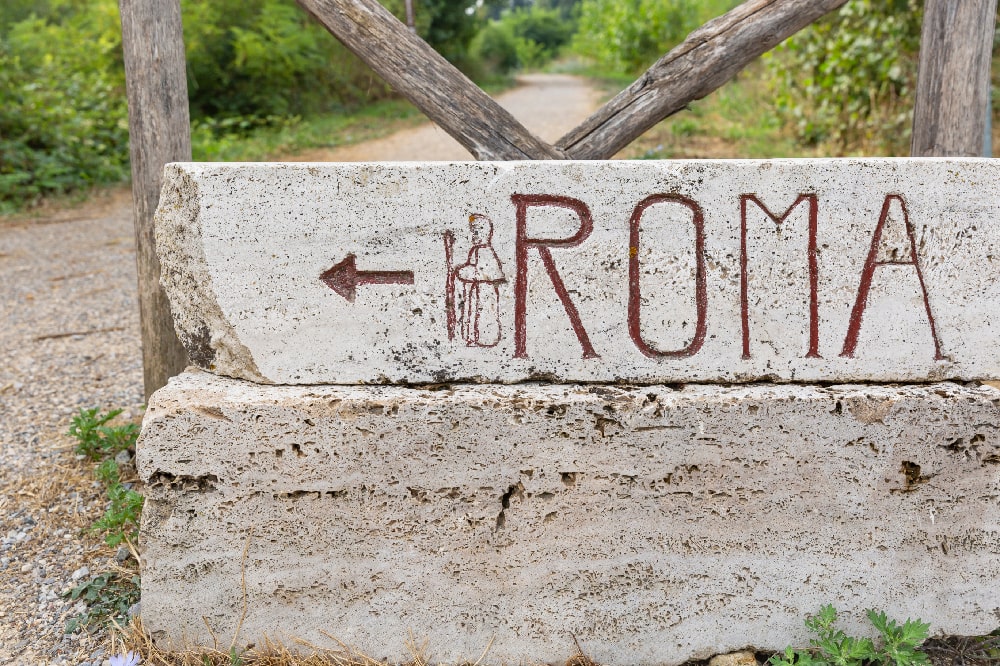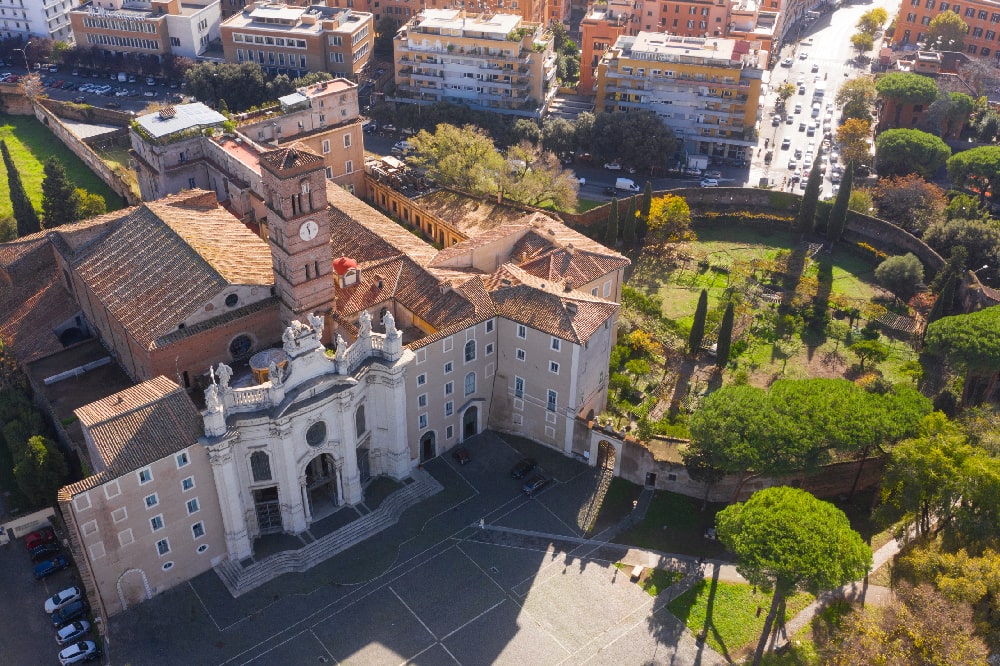Virgin Mary, Mary of Cleophas, and Mary Magdalene: here are the pious women who witnessed Jesus’ death on the Cross
We have already reflected on several occasions on the affection that Jesus reserved for the women who followed Him. The Gospels mention their presence among the disciples, and some of them are named and described, allowing us to imagine who they were. Consider Martha and Mary of Bethany, Lazarus’ sisters, who welcomed Jesus into their home as a brother, or Mary Magdalene, considered an apostle among the apostles because she was the first to announce the Resurrection. In particular, John, in his Gospel, tells us about the pious women who stood beneath the Cross during Jesus’ torment: “Standing by the cross of Jesus were his mother and his mother’s sister, Mary the wife of Clopas, and Mary Magdalene” (John 19:25-27).

Who was Mary Magdalene” History and life of the “Apostle of the Apostles”
Among the disciples, there were also several women. We know better Mary Magdalene, the apostle who left everything to follow Jesus.
Here are the three pious women.
The Virgin Mary, the mother of Jesus.
Mary of Cleophas, His aunt (as the wife of Cleophas, the brother of St. Joseph), and the mother of James the Less.
The aforementioned Mary Magdalene, the “repentant” from Magdala, who, according to some apocryphal Gospels, was considered a companion or even the wife of Jesus.
In reality, many more women followed Jesus and presumably accompanied Him during His Passion. Anna Katharina Emmerick, a German mystic who, in one of her visions, relived the entire Passion, describing it with details not reported in the Gospels but confirmed by other sources, names at least seventeen.
However, in the Gospels, primarily the pious women are mentioned, also called the three Marys.

Mary Magdalene wife of Jesus: let’s clarify
What is the truth about Mary Magdalene? Wife of Jesus or simple disciple? Let’s find out in this article.
A special mention goes to Mary, the Mother of Jesus, who shared in His immense physical and moral pain. Although, when thinking about the Passion and Crucifixion, it is natural to focus attention on what happened on the Cross, it is worth contemplating those who, at the foot of it, suffered no less pain, with dignity and resignation. Mary knew from the beginning that this would be her destined fate, from the moment she accepted God’s invitation (“Behold, I am the handmaid of the Lord; let it be to me according to your word” Luke 1:38-39) and, subsequently, through Simeon’s prophecy (“This child is destined to cause the falling and rising of many in Israel and to be a sign that will be spoken against so that the thoughts of many hearts will be revealed. And a sword will pierce your own soul too” Luke 2:34-35). Throughout Jesus’ life, she prepared herself to be pierced by that cruel sword, and her silent agony is the most poignant imaginable.

The cult of Our Lady of Sorrows
Our Lady of Sorrows is a name attributed to Mary, mother of Jesus. This is how secular devotion to Mater Dolorosa was born.
Who Are the Women at the Foot of the Cross?
In the canonical Gospels, the three pious women are described differently. Matthew speaks of three women at the foot of the Cross, two named Mary (Mary Magdalene, Mary the mother of James and Joseph), and the mother of the sons of Zebedee, but does not mention the Virgin Mary (Matthew 27:55-56). Mark also speaks of two Marys (Mary Magdalene and Mary of Cleophas) and Salome, neglecting the Virgin Mary. Luke does not specify the number of women or their names (Luke 23:49), while, as we have seen, John is much more precise. The tradition of the three Marys comes directly from his account.

The apocryphal gospels: what differentiates them from the canonical ones
The apocryphal gospels are not part of the New Testament: what differentiates them from the Gospels of Mark, Matthew, Luke and…
The Marys at the Holy Sepulchre
Again, three women play a central role in the Resurrection of Christ, in the account of finding His empty tomb. In this case, too, the women who went to the tomb to bring myrrh for Christ’s body (hence the name “myrrh-bearers”) are referred to as the three Marys, already present during the deposition and embalming of Jesus’ body by Joseph of Arimathea and Nicodemus.
In particular, Mark recounts how Mary Magdalene, Mary the mother of James, and Salome went to Jesus’ tomb, having bought aromatic oils, and found the stone that sealed it rolled away. Inside, a young man announced to them the Resurrection of Jesus (Mark 16:1-8).
In Matthew, the women are two—Mary Magdalene and “the other Mary”—who witness the miraculous opening of the tomb by an angel. The angel announces that Christ has risen and instructs them to inform the disciples (Matthew 28:1-10).


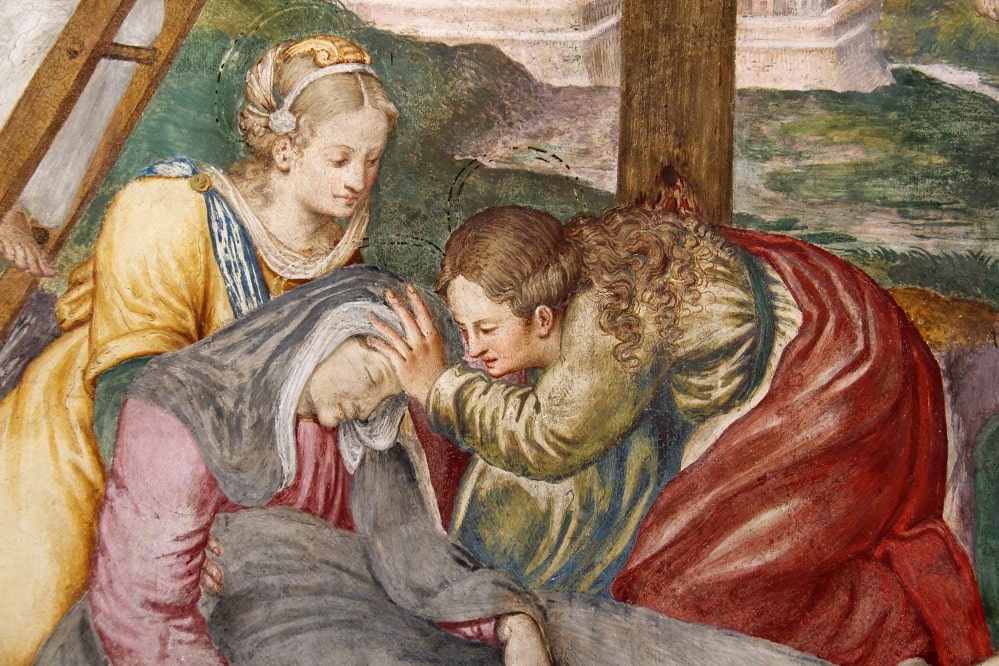


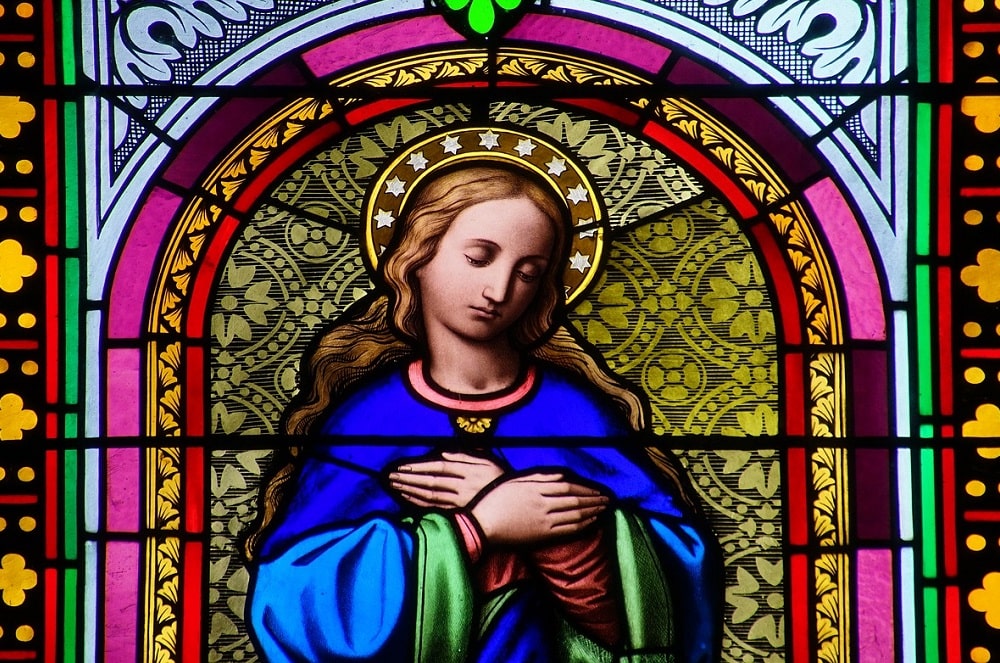



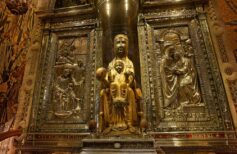
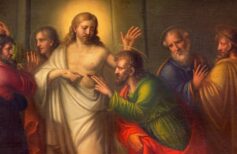







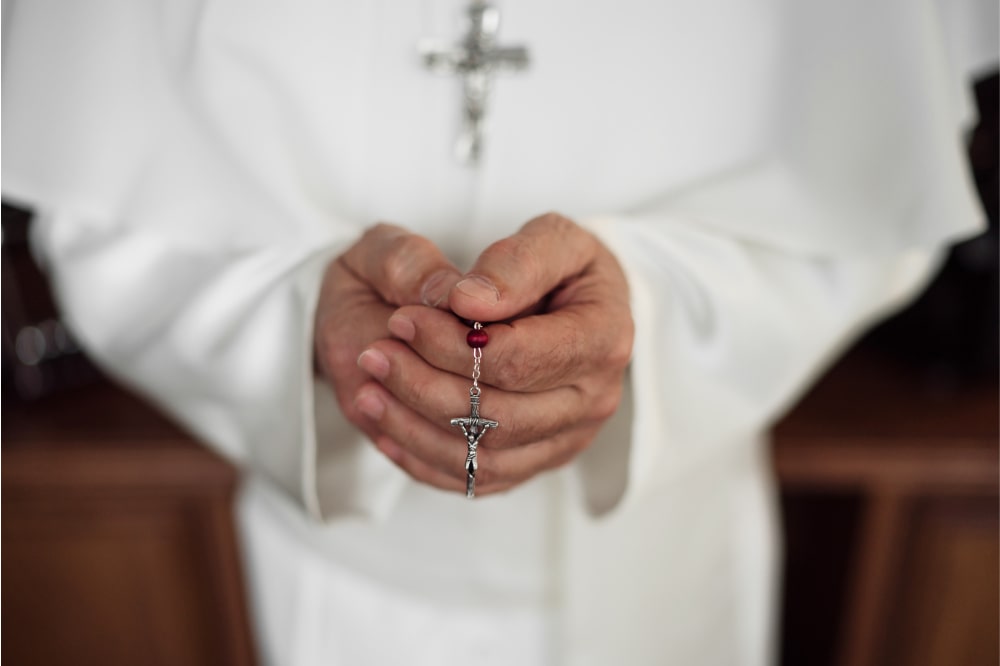
 5 June 2024
5 June 2024
